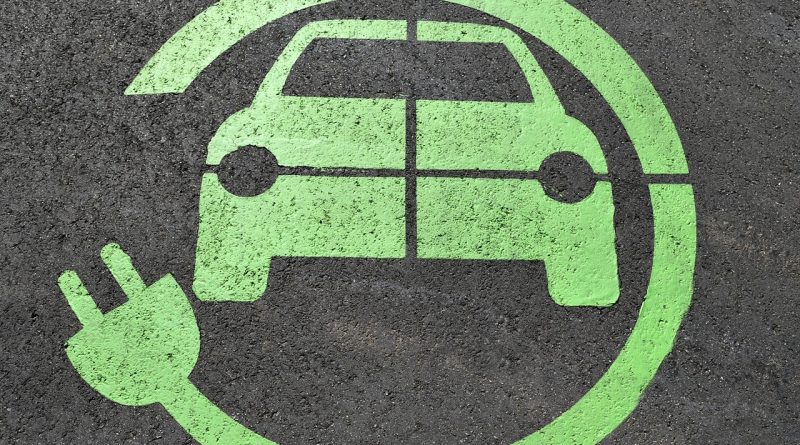A Case For Electric Cars: Part 1 – Getting There
If you’ve been keeping up with the headlines and major currents in federal and state government, you might be asking yourself, “What’s the big deal about electric cars (EVs) and Plug-in hybrids (PHEVs)?” That’s a good question. But it is also a pretty involved one. Let’s see if we can’t pare it down without stressing the old noggin too much…
Believe it or not, electric vehicles (EVs) have been around as long, if not longer than the internal combustion (ICE) vehicle. What’s more, at one time, the EV was the vehicle of choice for getting around in style. Unfortunately, that was a long time ago and was pretty short-lived. I’m not going to go into the details of history and the reasons the popularity shifted to the ICE; that’s another topic entirely. Suffice it to say that ICE vehicles proliferated during the era of cheap, readily available gas with little regard to noise and emissions. After all, going from the slow, noisy, jostling horse-and-buggy to the fast, low-maintenance ICE was a no-brainer for most. Those who could afford them preferred the electric cars for their quiet efficiency and smooth ride, but they were out of reach to the common people. (For more history and commentary, read Edwin Black’s book Internal Combustion).
The amazing thing is that we are not much further along with EV technology today than we were 100 years ago. Yes, they look a lot different today, but that is true of all vehicles, regardless of how they are powered. EVs are still more expensive to build and suffer from range problems, although some are 2-3 times better they were back then. Electric vehicles in the old days were only practical for short-range taxi and fleets or as an elite class toy (sound familiar). Throughout the 20th century, people were enamored with the idea of being able to drive from town to town, and even across country — something that could not be done with an electric vehicle. Our country began to spread out and expand in ways never before imagined simply because we could drive wherever we wanted to go. The internal combustion engine made this possible. While we still bask in that freedom, something changed. Ironically, the average american uses their gas-guzzling, long-range vehicle to drive primarily short distances (e.g. to work, school, the grocery store, a nearby resataurant), and those distances are shrinking even more, as gas prices increase and discretionary income disappears.
When gas prices began to hit $2.00….$3.00….$4.00 and up in the U.S., mid-2008, people panicked and began scrambling for fuel efficient solutions. Suddenly, many could justify the extra cost of a hybrid because of the gas savings. But if we could justify the cost of a hybrid, why not an EV? In a word: range-anxiety. (Ok, two words hyphenated). We still aren’t willing to give up our freedom to roam. We’ve grown accustomed to hopping in the car for a road trip to Aunt Sara’s on the lake without thinking about it, because we know there will be a gas station around there. It wasn’t always that way. And in some parts of the world, it’s still not that way. You had to plan your gas stops and settle for the occasional inconvenience of running out of gas and having to hunt for some. It’s the same way for electric car owners today. Plug-in Hybrids (PHEV) were invented to solve this problem. You run purely on electricity for, say, 40 miles. After that, the gas motor kicks in and you can go up to 400 miles on a tank. A great idea. The best of both worlds. The down side is, you are essentially paying for two vehicles in one. And can you imagine what the shop costs will be? The only way they can get these anywhere close to affordable for the paying public is through government funded subsidies. But we seem to have forgotten that we already have the long-range solution sitting in our driveway. What we need is something to support our increasing short-range driving habits.
The EV is a relatively inexpensive reality, today. Did you know you can get a 50 mile daily range or more by converting to an EV for a few thousand dollars? There are hundreds of enthusiasts who have done it and are using their pure plug-in EVs to drive to work or to haul the kids to school every day. It is simple enough that you can do it yourself, or if you aren’t comfortable with that, have someone do it for you. Of course that will cost more, but the reality is you will recoup the cost in as little as a year by eliminating gas stops. Check out my web site for some examples and suggestions.
If you want to get a jump start on converting your car, truck or SUV to electric, the most up-to-date EV conversion book was written by Gavin Shoebridge, the New Zealander who converted his own car from scratch with no prior experience and posted it on YouTube. You can read my EV book review. Or if you are serious about moving forward, you can go ahead and try Electric Conversion Made Easy.
In part 2, I will discuss EV costs in more detail.


